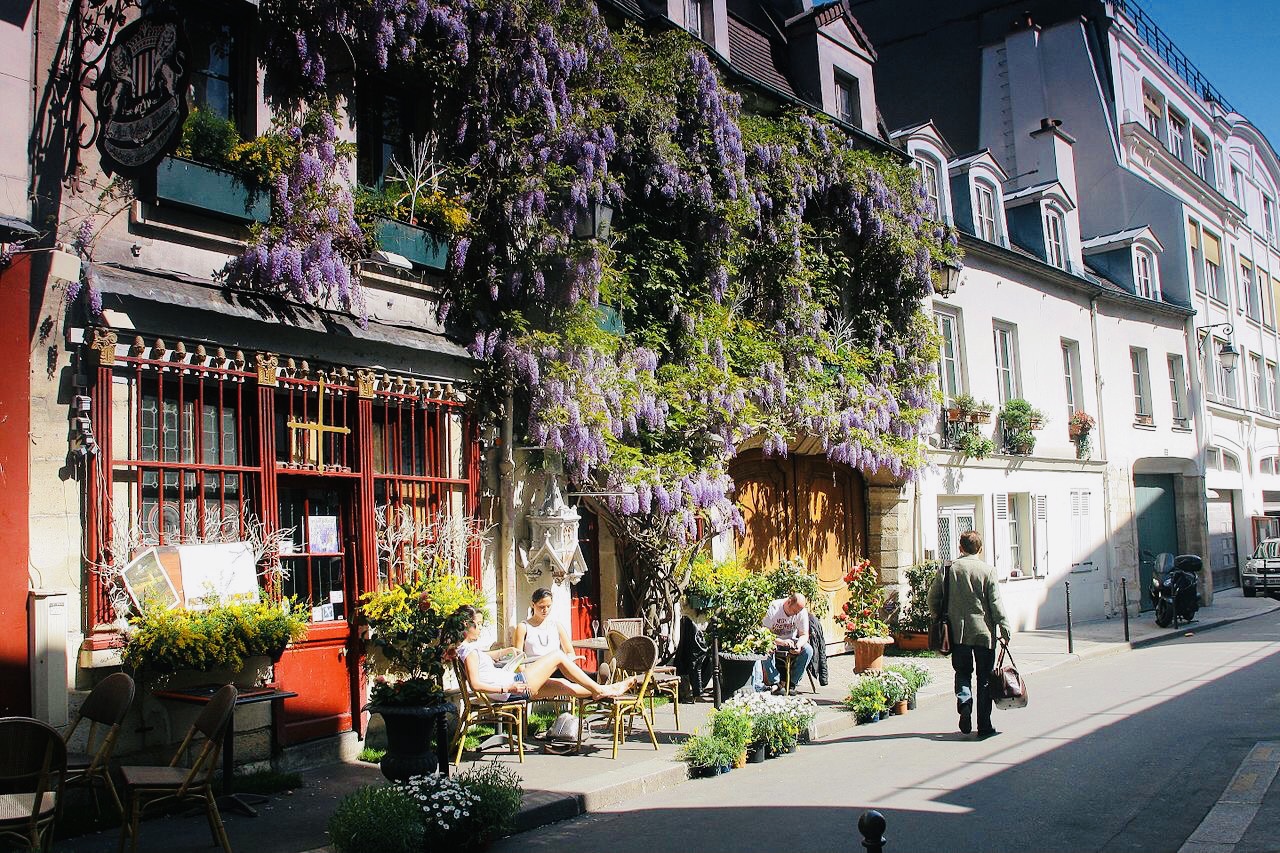

In the Middle Ages, access to the Notre-Dame cloister was forbidden to people outside the community of canons, especially women. By virtue of an edict of Charlemagne, the properties within this "canonical enclosure" were exempt from taxation. In the 15th century, the nobles still enjoyed this tax advantage when they obtained the right to rent the houses of the canons (one of them, built in 1512, can still be seen at number 24) with, as an additional benefit, immunity from the king's justice.
This place with an atypical history is also known for other curiosities:
The subject of a Broadway musical and a Tim Burton film, the legend of Sweeney Todd has its origins in the street (at the time called rue des Marmousets): in the 14th century, a London barber slit his victims' throats and butchered them, sending the minced flesh through a trapdoor into the cellar of his pastry chef neighbor, who made pies.
Alerted by the barking of a dog, howling to death for several days in a row in front of the barber's house, from which his master had not come out, the police discovered with horror the criminal methods of the two merchants. Before this sordid discovery, the recipe of the pies was a great success (several people died of remorse for having eaten them).
The house where the crimes took place was razed to the ground, but according to an urban legend, the location corresponds to the current garage of the motorcycle company located at 22-24.
Whether it's for the attraction of this black legend or for the authentic old Paris, this picturesque street is not to be missed in the capital. To know more about it.
Valérie from Comme des Français
---
Want to discover other atypical historical places?
- A temporal rift in the heart of Brittany
- A tradition that goes back to the 16th century
- A city with preserved authenticity